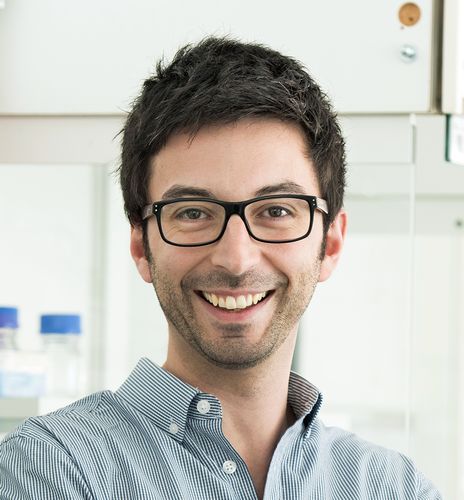
Info The Mellor Lab uses the budding yeast S. cerevisiae, mammalian cells and mathematical modelling in which to study how transcription, non-coding RNAs, higher order structures in chromatin, and histone modifications influence the response to changes in nutrient availability, metabolic state and ageing.

Info The Mazza group focuses on the development and the application of advanced fluorescence microscopy methods to detect, track and quantify the behaviour of individual molecules in living-cells, with a specific focus on the kinetic behaviour of cancer-related transcription factors.

Info The Howard Lab uses mathematical modelling and theory to understand complex mechanistic cell biological problems. The group works with experimental scientists who provide data for modelling in, for example, epigenetic regulation or cell size control. Mathematical modelling of these problems provides clues as to what is possible biologically.

Info The Giorgetti Lab explores the biophysical mechanisms that link chromosome conformation and longrange transcriptional regulation in mouse embryonic stem cells (ESC) and differentiated derivatives, using molecular biology, genetic engineering, single-cell experiments and physical modelling.





